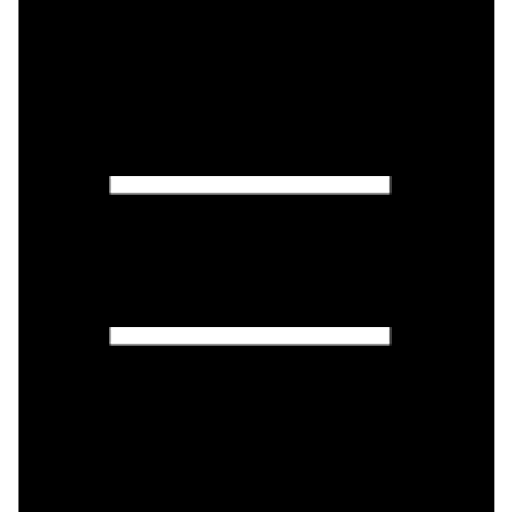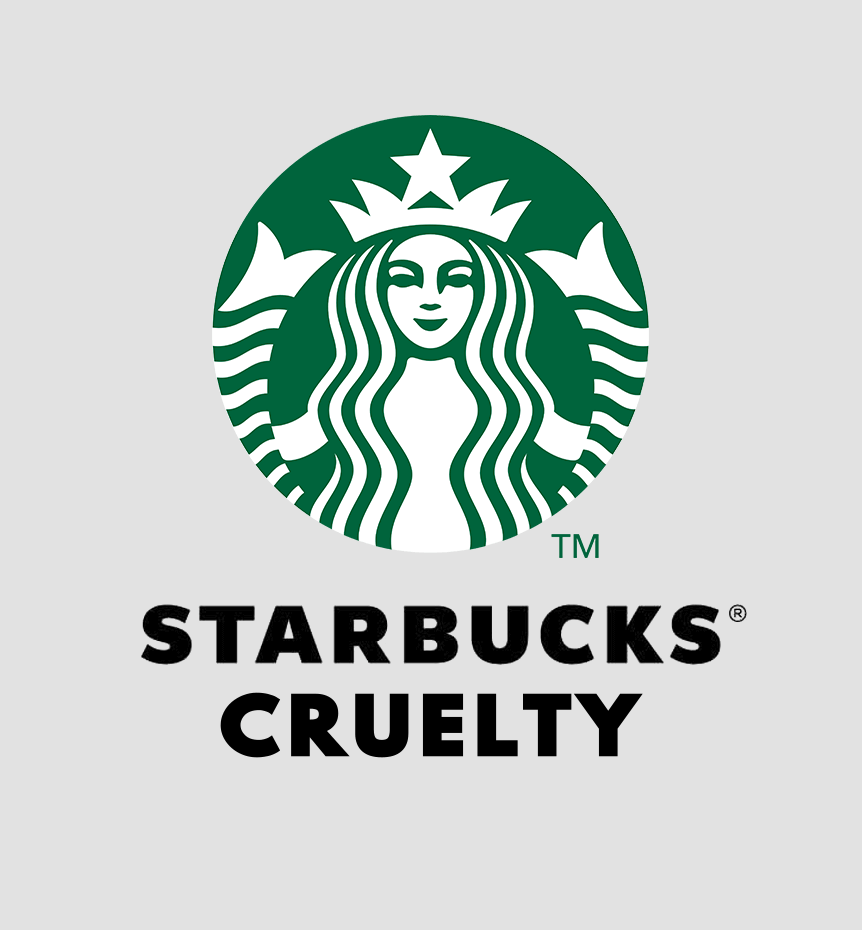
スターバックスの不衛生さと動物への残酷さ
スターバックスの卵のサプライチェーンに、衝撃の様子
スターバックスでコーヒーを飲んだり、食べ物を食べたりしたことはありますか?もし、その経験があるのなら、二度と行きたくなくなるかもしれません。衝撃的な新しいビデオが、食べ物の安全性のリスクを訴えており、アジアのスターバックスで使用されている卵の背景に、動物虐待があることがわかりました。
鶏が檻の中で身動きもとれず、排泄物が檻の柱に積みあがっており、その近くに卵が横たわり、その卵からたった数インチ離れたところに排泄物が積み上がっていて、そこに鶏も暮らしています。母鶏は、生きている間ずっと檻に詰め込められているため、小さくなり、残酷な扱いを受けています。世界中数十ヶ国で、彼らのほとんどは病気にかかっています。亡くなった鶏は、人間の消費に使用される卵を産んでいる鶏の近くで、腐敗しているのです。
2020年より、スターバックス所有の店ではケージフリーの卵のみを使用するようになりました。ケージフリーの卵ははるかに安全かつ高品質で、より人道的でもあります。しかしながら、スターバックスはその使用権を保有している事業者には、この取り組みへの参加を要求せず、さらに、アジアの市場においては、ケージフリーの卵のみを使用するという目標に到達していません。まるでアジアの消費者に品質の高い食品は必要ないと言わんばかりです。従って、アジアの消費者には依然として、不潔で残酷な生産法を用いている生産者からの卵が使用され、変えようという意思表示もありません。
数十もの他のリーディングレストランやカフェチェーンは、アメリカやヨーロッパ、アジアなどでケージフリーの卵のみを使用することを、すでに宣言しています。その企業には、バーガーキング、サブウェイ、プレタ・マンジェ、パパ・ジョーンズ、ティムホートンズ、コスタコーヒーなどがあり、これらの企業とその他50以上のリーディング食料品会社が、100%ケージフリーの卵をアメリカ、ヨーロッパ、そしてアジアで使用することを宣言しています。
スターバックスは、他のインターナショナルのレストランやカフェチェーン同様、ケージフリーの卵のみを使い始めるよう、タイムラインを設定すべきです。
請願書への署名にご協力お願いします!
スターバックス:私はあなた方が他の食品会社にならって、不潔かつ残酷なバタリーケージで生産された卵の使用を止めるまで、あなた方の店舗でのコーヒーを始めとする一切の飲食をやめます。スターバックスは100%ケージフリー卵
に移行すべきです
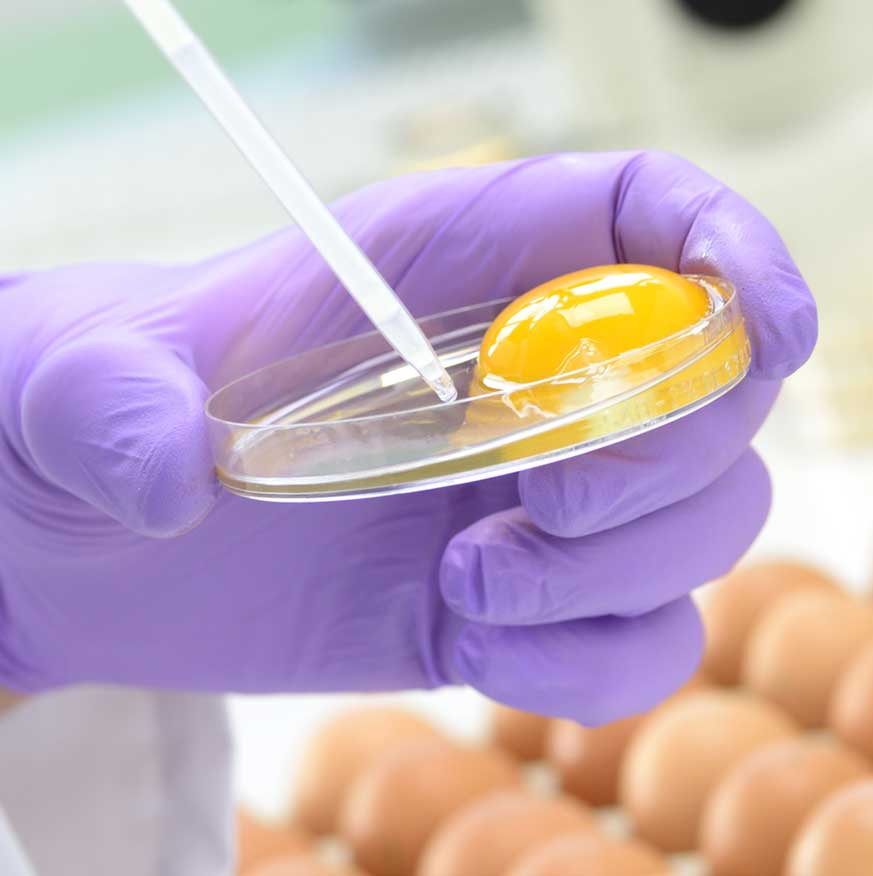
ケージエッグにおける食品安全性上リスク
数十以上の科学的研究により、ケージエッグ養鶏場ではサルモネラ汚染率が劇的に高いことがあきらかになりました。欧州食品安全局(The European Food Safety Authority)は、この問題に関してこれまでにない大規模な調査を実施し、5000もの農場からのデータを分析しました。そしてケージエッグ養鶏場において、主要なサルモネラ菌による汚染の可能性が通常よりも25倍も高いことが明らかになりました。(1, 2, 3, 4, 5, 6, 7, 8, 9, 10, 11, 12, 13, 14, 15, 16, 17)
鶏をケージに詰め込むことによって引き起こされる、食品の安全性が損なわれる原因は多々あります。USDA(the United States Department of Agriculture)が実施した調査によると、ケージに閉じ込められたストレスによって、病気に対する抵抗力が低下するということがわかりました。また、ケージは清掃と消毒が難しく、「大量の汚染された糞便や塵」を発生させる原因となります。(18, 19, 20, 21, 22, 23)
ケージエッグは残酷である
犬や猫と同じように、鶏は頭が良く、知性があり、喜びや苦しみを感じます。一生のうちのほとんどを、向きすら変えることも難しいケージに詰め込むことは正しい行いとはいえません。(24)
バタリーケージは、その残酷性から数十ヶ国で禁止されています。世界中の主流動物保護団体も、その残酷さと非人道的なことから、バタリーケージを強く非難しています。(25,26,27)
以下はそれらの団体が述べている一部です:
 「バタリーケージ(battery cage: ワイヤーでできた金網の中に鶏を入れ、それを連ねて飼
「バタリーケージ(battery cage: ワイヤーでできた金網の中に鶏を入れ、それを連ねて飼
育する方式)の養鶏場では、羽ばたきや止まり木なども最もシンプルな行動でさえ制限され
ています。SPCAは、これら数百万羽の鶏のアニマルウェルフェアをとても心配しています。」香港SPCA

「バタリーケージは非常に非人道的です。非常に混雑しているだけでなく、雌鶏が巣を作ったり入浴するという行動も制限されています…食品業界は、すぐにでも平飼い卵を使用して、台湾がアニマルウェルフェアの国際基準に追けるように努力すべきです」台湾SCPA

「ケージの中の鶏はストレスに弱く、怪我をしやすくなります。さらに、サルモネラのリスクが高くなります。」ワールドアニマルプロテクション
これらの団体は、このウェブサイトとは関係ありません。
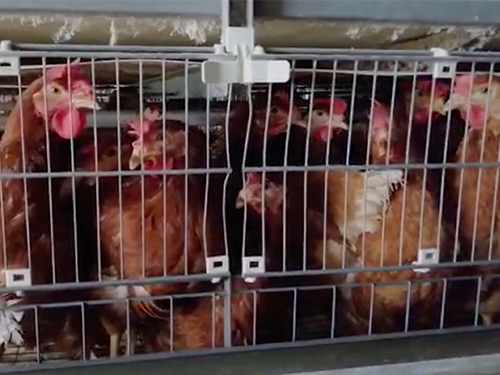
ケージに入れられた鶏
スターバックス、残酷で不衛生なケージに鶏を閉じ込めている養鶏場から、アジアの顧客のため に卵を買い続けています.
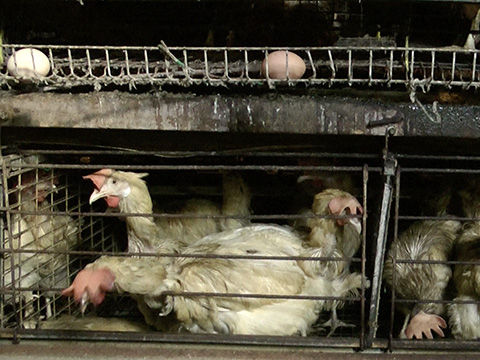
残酷
母鶏は、ほぼ一生の間、とても小さくて残酷なケージの中でぎゅうぎゅうに詰め込まれてい て、ほとんど体を動かすことができません
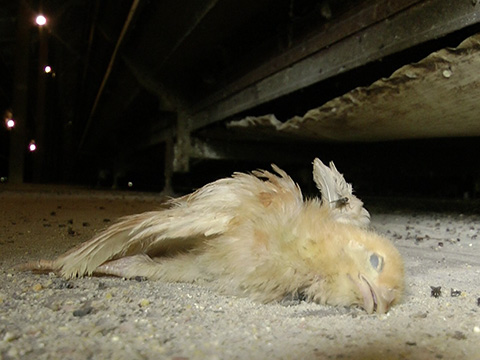
不衛生
アジアのケージエッグ養鶏場では、死んだ鶏は生きている鶏のケージの横に並んで放置され ています
ダウンロードおよび関連書類
Equitasは、イギリスを拠点とする慈善団体であり、主要な大手食品会社のグローバルサプ ライチェーンにおいて、顧客の平等な扱いとアニマルウェルフェアの平等な保護を推進して います。
採卵鶏のケージにおける食品安全性リスクと動物虐待に関する引用
1: Van Hoorebeke S, Van Immerseel F, Schulz J, et al. 2010. Determination of the within and between flock prevalence and identification of risk factors for Salmonella infections in laying hen flocks housed in conventional and alternative systems. Preventive Veterinary Medicine 94(1-2):94-100.
2: Snow LC, Davies RH, Christiansen KH, et al. 2010. Investigation of risk factors for Salmonella on commercial egg-laying farms in Great Britain, 2004-2005. Veterinary Record 166(19):579-86.
3: 2010. Annual Report on Zoonoses in Denmark 2009. National Food Institute, Technical University of Denmark.
4: Van Hoorebeke S, Van Immerseel F, De Vylder J et al. 2010. The age of production system and previous Salmonella infections on farm are risk factors for low-level Salmonella infections in laying hen flocks. Poultry Science 89:1315-1319.
5: Huneau-Salaün A, Chemaly M, Le Bouquin S, et al. 2009. Risk factors for Salmonella enterica subsp. Enteric contamination in 5 French laying hen flocks at the end of the laying period. Preventative Veterinary Medicine 89:51-8.
6: Green AR, Wesley I, Trampel DW, et al. 2009 Air quality and bird health status in three types of commercial egg layer houses. Journal of Applied Poultry Research 18:605-621.
7: Schulz J, Luecking G, Dewulf J, Hartung J. 2009. Prevalence of Salmonella in German battery cages and alternative housing systems. 14th International congress of the International Society for Animal Hygiene: Sustainable animal husbandry : prevention is better than cure. pp. 699-702. http://www.safehouse-project.eu/vars/fichiers/pub_defaut/Schulz_Salmonella_ISAH%202009.ppt.
8: Namata H, Méroc E, Aerts M, et al. 2008. Salmonella in Belgian laying hens: an identification of risk factors. Preventive Veterinary Medicine 83(3-4):323-36.
9: Mahé A, Bougeard S, Huneau-Salaün A, et al. 2008. Bayesian estimation of flock-level sensitivity of detection of Salmonella spp. Enteritidis and Typhimurium according to the sampling procedure in French laying-hen houses. Preventive Veterinary Medicine 84(1-2):11-26.
10: Pieskus J, et al. 2008. Salmonella incidence in broiler and laying hens with the different housing systems. Journal of Poultry Science 45:227-231.
11: European Food Safety Authority. 2007. Report of the Task Force on Zoonoses Data Collection on the Analysis of the baseline study on the prevalence of Salmonella in holdings of laying hen flocks of Gallus gallus. The EFSA Journal 97. www.efsa.europa.eu/EFSA/efsa_locale-1178620753812_1178620761896.htm.
12: Snow LC, Davies RH, Christiansen KH, et al. 2007. Survey of the prevalence of Salmonella species on commercial laying farms in the United Kingdom. The Veterinary Record 161(14):471-6.
13: Methner U, Diller R, Reiche R, and Böhland K. 2006. [Occurence of salmonellae in laying hens in different housing systems and inferences for control]. Berliner und Münchener tierärztliche Wochenschrift 119(11-12):467-73.
14: Much P, Österreicher E, Lassnig. H. 2007. Results of the EU-wide Baseline Study on the Prevalence of Salmonella spp. in Holdings of Laying Hens in Austria. Archiv für Lebensmittelhygiene 58:225-229.
15: Stepien-Pysniak D. 2010. Occurrence of Gram-negative bacteria in hens’ eggs depending on their source and storage conditions. Polish Journal of Veterinary Sciences 13(3):507-13.
16: Humane Society International, “An HSI Report: Food Safety and Cage Egg Production” (2010). HSI Reports: Farm Animal Protection. 3. http://animalstudiesrepository.org/hsi_reps_fap/3
17: European Food Safety Authority. 2007. Report of the Task Force on Zoonoses Data Collection on the Analysis of the baseline study on the prevalence of Salmonella in holdings of laying hen flocks of Gallus gallus. The EFSA Journal 97. www.efsa.europa.eu/EFSA/efsa_locale-1178620753812_1178620761896.htm
18: The Danish Veterinary and Food Administration. 2004. The national Salmonella control programme for the production of table eggs and broilers 1996-2002. Fødevare Rapport 6, March.
19: Davies R and Breslin M. 2003. Observations on Salmonella contamination of commercial laying farms before and after cleaning and disinfection. The Veterinary Record 152(10):283-7.
20: Methner U, Rabsch W, Reissbrodt R, and Williams PH. 2008. Effect of norepinephrine on colonisation and systemic spread of Salmonella enterica in infected animals: Role of catecholate siderophore precursors and degradation products. International Journal of Medical Microbiology 298(5-6):429-39.
21: Bailey MT, Karaszewski JW, Lubach GR, Coe CL, and Lyte M. 1999. In vivo adaptation of attenuated Salmonella Typhimurium results in increased growth upon exposure to norepinephrine. Physiology and Behavior 67(3):359-64.
22: Shini S, Kaiser P, Shini A, and Bryden WL. 2008. Biological response of chickens (Gallus gallus domesticus) induced by corticosterone and a bacterial endotoxin. Comparative Biochemistry and Physiology. Part B. 149(2):324-33.
23: Rostagno MH. 2009. Can stress in farm animals increase food safety risk? Foodborne Pathogens and Disease 6(7):767-76.
24: Marino, L. 2017. Thinking chickens: a review of cognition, emotion, and behavior in the domestic chicken. Animal Cognition 20(2): 127–147.
25: “European_Union_Council_Directive_1999/74/EC.” Wikipedia: The Free Encyclopedia. Wikimedia Foundation, Inc. Web 03 August 2018, en.wikipedia.org/wiki/European_Union_Council_Directive_1999/74/EC
26: “Farm Animal Confinement Bans.” American Society for the Prevention of Cruelty to Animals. Web. 03 August 2018, www.aspca.org/animal-protection/public-policy/farm-animal-confinement-bans
27: World Organization for Animal Health, “Terrestrial Animal Health Code” (2017). www.rr-africa.oie.int/docspdf/en/Codes/en_csat-vol1.pdf
